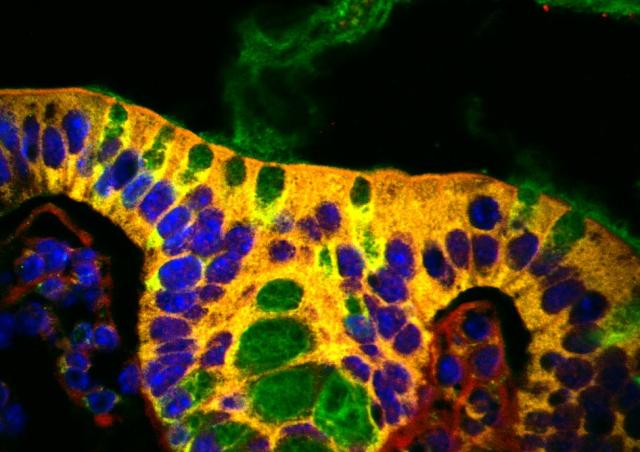Project members
Project
Context
Type 2 diabetes prevalence has dramatically increased both in industrialized and emerging countries. Type 2 diabetic patients are unable to maintain effective long term control of their hyperglycemia, thus placing them at elevated risk of developing microvascular and macrovascular complications. These complications significantly impact patients’ quality of life and also place substantial burden on healthcare systems. Therefore, the discovery of new targets to curb excessive endogenous glucose production in type 2 diabetic patients is a major issue, especially in patients refractory to conventional antidiabetic treatments. One increasingly attractive molecular target is the salt-induced kinase (SIKs) family, which has emerged recently as novel regulator of gluconeogenesis in the liver.

Background
SIKs belong to the AMP-protein activated (AMPK)-related kinase family, which are activated following the phosphorylation of their T-loop threonine residue by the master kinase LKB1. We have previously shown that the LKB1-SIKs pathway functions as a key gluconeogenic gatekeeper for hepatic glucose production by keeping the gluconeogenic program repressed. SIKs suppresses gluconeogenic gene expression via the phosphorylation of cAMP-regulated transcriptional coactivators (CRTCs) and class IIa histone deacetylases (HDACs), which are then sequestered in the cytoplasm. In response to fasting/glucagon, the activity of hepatic SIKs is inhibited by multiple phosphorylations outside of the catalytic T-loop by the protein kinase A (PKA), leading to CRTCs and class IIa HDACs dephosphorylation, which then translocate to the nucleus and induce gluconeogenic gene expression. Some studies have suggested that SIKs activity is decreased in the liver of diabetic mice, suggesting that a loss of SIK activity might be involved in the pathophysiology of type 2 diabetes.
Objectives
Our first objective is to analyze the role of SIKs in the control of hepatic gluconeogenesis through the generation and the use of new tissue-specific SIK knockout mouse models using the Cre/loxP system. Our second objective is to study the in vitro and in vivo consequences of SIK activation on gluconeogenesis by using gain-of-function approaches in the context of type 2 diabetes. These studies should provide new insights into the role of SIK in the regulation of gluconeogenesis and unravel novel targets for the treatment of diabetes.












